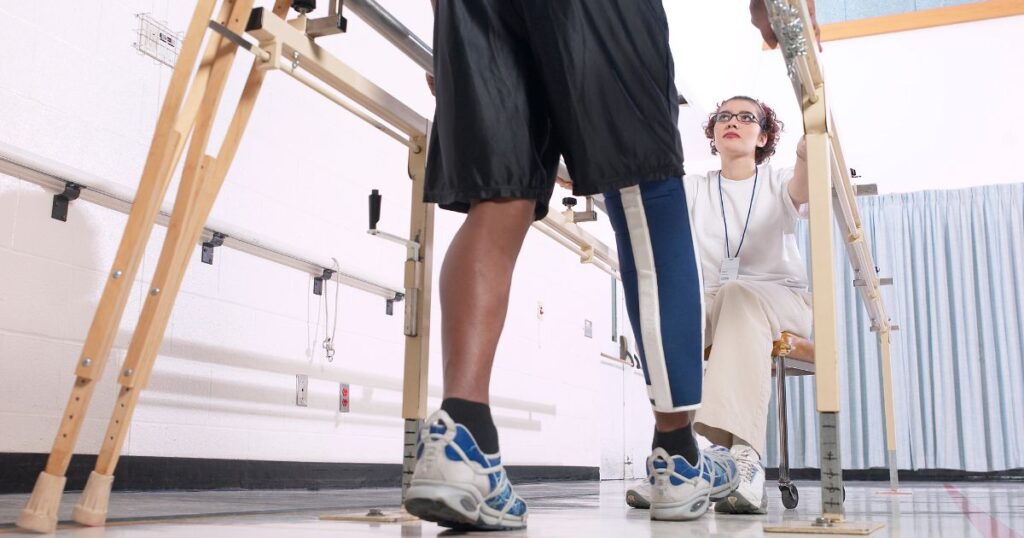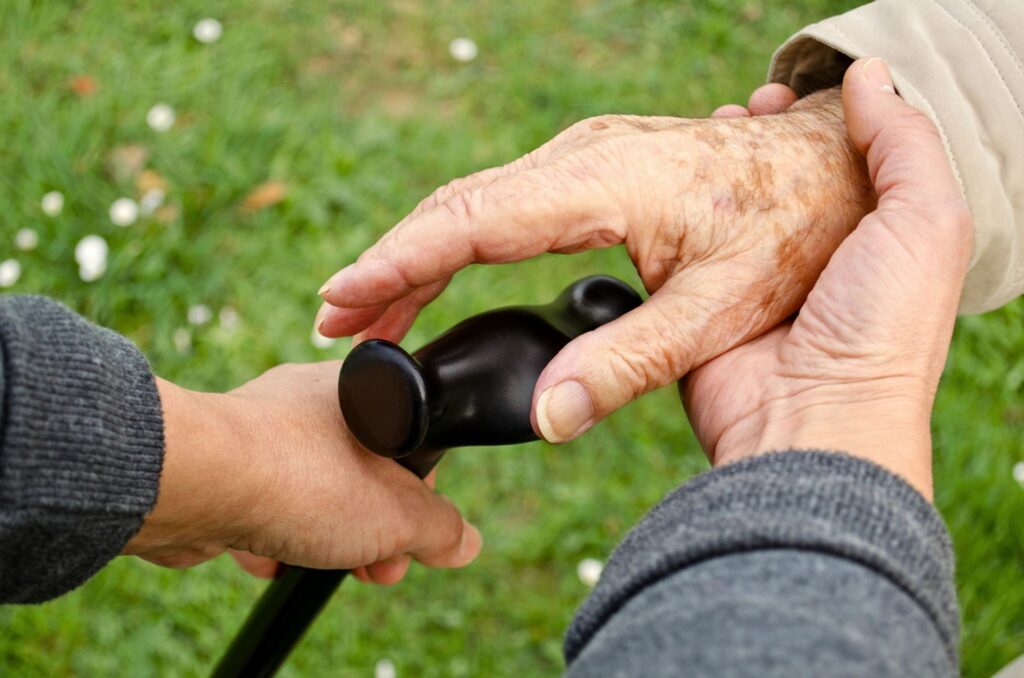Introduction
Understanding how to improve physical therapy research and clinical innovation is essential for advancing patient care and recovery outcomes. Physical therapy helps individuals recover from injuries, manage pain, and regain mobility, but as medical science progresses, so does the need for innovative approaches. By investing in research and new technologies, physical therapists can enhance treatment methods, provide more personalized care, and ensure faster, more effective recoveries for their patients. This article explores various ways to boost innovation in physical therapy, covering the latest tools, techniques, and research methods that are shaping the future of the field.
1. The Evolution of Physical Therapy
Physical therapy has evolved significantly over the years. What started as simple exercises and massages has grown into a specialized field. Early physical therapy treatments focused mainly on pain relief and basic mobility exercises. However, advancements in medical research have expanded the field.
Today, physical therapists use advanced tools, data-driven techniques, and personalized care plans. As a result, patients experience faster and more complete recoveries. Research and innovation have been the driving force behind these changes, helping therapists improve their approaches and adapt to each patient’s needs.

2. How Technology is Transforming Physical Therapy
Technology has opened up new possibilities in physical therapy. These tools allow therapists to provide more personalized care and improve treatment results. Here are some of the most impactful technologies in physical therapy today.
Virtual Reality (VR) in Rehabilitation
Virtual reality (VR) is an exciting addition to physical therapy. It immerses patients in a simulated environment where they can perform exercises. This helps improve balance, coordination, and motor skills. For example, stroke patients can practice hand movements in a virtual world, which can help restore lost functions. VR therapy is also enjoyable, which motivates patients to stick to their treatment plans. Studies have shown that VR can lead to faster and more complete recoveries.
Robotics and Exoskeletons
Robotic devices are becoming a big part of physical therapy. Robotics help people with mobility issues regain strength and improve movement. For instance, robotic exoskeletons support patients as they walk, reducing the chance of reinjury. These devices guide patients through repetitive exercises, which are essential for motor skill recovery. Exoskeletons have been especially helpful for people recovering from spinal cord injuries or strokes. By supporting each step, they allow patients to rebuild their strength and confidence.
Telehealth and Remote Therapy
Telehealth has made physical therapy more accessible. Through video calls, patients can receive guidance from therapists without leaving their homes. This is especially useful for people in rural areas or those with mobility issues. Telehealth also enables ongoing support, making it easier for patients to stay engaged with their therapy plans. Mobile apps and wearable devices are becoming popular as they allow patients to track their progress and communicate with their therapists.
3. Advanced Techniques and Approaches in Physical Therapy
In addition to technology, new techniques are helping improve physical therapy. These methods are often used alongside traditional exercises to enhance recovery.
Dry Needling
Dry needling involves placing thin needles into muscle trigger points to relieve pain and tension. Unlike acupuncture, dry needling focuses on specific muscle issues rather than energy pathways. This technique is effective for chronic pain, muscle tightness, and injuries. Dry needling is safe when performed by trained professionals and can be combined with other therapies for faster recovery.
Cupping Therapy
Cupping therapy uses cups placed on the skin to create suction. This increases blood flow, reduces muscle tension, and promotes healing. Cupping is useful for treating muscle strains, back pain, and tightness. While it may leave temporary marks, many patients report relief from pain and improved mobility after sessions. Cupping therapy is often combined with other physical therapy exercises for maximum benefit.
Instrument-Assisted Soft Tissue Mobilization (IASTM)
Instrument-Assisted Soft Tissue Mobilization (IASTM) uses special tools to apply pressure to scar tissue and tight muscles. The therapist glides these tools over the skin, helping to break down scar tissue and improve flexibility. IASTM is effective for treating conditions like tendonitis, muscle strains, and ligament injuries. It can be used with other methods to help patients recover more quickly.
4. The Importance of Research in Physical Therapy
Research is essential for the continuous improvement of physical therapy. By studying new methods, therapists can learn what works best and apply evidence-based practices. This ensures that treatments are safe and effective. Research also allows therapists to adapt treatments based on the latest findings, improving patient care and outcomes.
Evidence-based practices ensure that physical therapists are using the best methods available. This approach helps prevent unnecessary treatments and focuses on what is proven to work. Patients benefit from more precise, reliable care, leading to better results.
5. Promising Innovations on the Horizon
As technology advances, new innovations are emerging in physical therapy. These innovations hold the potential to improve patient outcomes even further. Let’s explore some exciting areas of research that could shape the future of physical therapy.
3D Printing in Orthotics and Prosthetics
3D printing is changing how orthotic devices and prosthetics are made. Traditionally, making these devices is time-consuming and expensive. With 3D printing, therapists can create custom devices quickly and affordably. These devices fit the patient perfectly, enhancing comfort and mobility. 3D-printed prosthetics and braces allow for faster adjustments, ensuring a better fit and supporting recovery.
Biofeedback and Neurofeedback
Biofeedback and neurofeedback are techniques that help patients gain control over their body’s responses. Biofeedback uses sensors to measure things like heart rate and muscle tension. Neurofeedback monitors brain activity. By receiving real-time feedback, patients can learn to manage pain, stress, and muscle control. This empowers patients to take an active role in their recovery process.
Regenerative Medicine and Stem Cell Therapy
Regenerative medicine and stem cell therapy are promising areas of research in physical therapy. Stem cells can transform into different types of cells, like muscle or bone cells. This allows therapists to potentially repair damaged tissue and speed up healing. Although still in the early stages, regenerative medicine could become a game-changer for treating chronic pain, joint injuries, and degenerative conditions.
6. Addressing Challenges in Physical Therapy Innovation
While new technologies and techniques are promising, they come with challenges. Addressing these issues is essential to ensure that physical therapy innovations are accessible and safe.
Privacy and Data Security
As technology becomes more common in physical therapy, protecting patient data is critical. Personal data from wearable devices and telehealth sessions must be kept secure. Clinics need strong data protection measures to maintain patient privacy.
Cost and Accessibility of Advanced Treatments
Advanced treatments can be costly, limiting access for some patients. Efforts are needed to make these therapies more affordable. Access to innovative treatments should be equitable, so everyone can benefit regardless of their financial situation.
Ongoing Research and Validation
New treatments require thorough research to ensure they’re safe and effective. Clinical trials and evidence-based studies are essential to validate these methods. Regulatory bodies play a key role in ensuring that treatments meet quality and safety standards.
7. The Future of Physical Therapy Research and Innovation
The future of physical therapy looks promising, with new technologies and research continuously improving the field. Here are some potential future trends:
- AI and Machine Learning: Artificial intelligence can help therapists create more personalized care plans. AI analyzes patient data to suggest tailored treatment options, making therapy more effective.
- Wearable Technology: Wearable devices track movement, providing therapists with real-time data. This allows for more accurate assessments and adjustments to therapy plans based on each patient’s progress.
- Data-Driven Insights: Collecting data from thousands of patients can help identify patterns in recovery. This can lead to more effective treatment plans and faster recoveries.
8. How Physical Therapists Can Stay Updated with New Innovations
Physical therapists must stay updated with the latest developments in their field to provide the best care. Here are some ways to stay informed:
- Continuing Education and Certifications: Courses, workshops, and certifications help therapists learn about new techniques and tools.
- Joining Professional Organizations: Organizations like the American Physical Therapy Association (APTA) offer resources, training, and networking opportunities.
- Following Research Publications and Online Resources: Many reliable websites, journals, and publications provide updates on the latest in physical therapy research and practice.
Final Words about How to Improve Physical Therapy Research and Clinical Innovation
Research and innovation are essential for the growth of physical therapy. From advanced technologies like VR and robotics to new techniques like dry needling, physical therapy continues to evolve. Staying informed about these advancements enables therapists to offer more effective, personalized care. Addressing challenges related to data security, accessibility, and ongoing research will ensure these innovations are safe and available to all.
With a forward-thinking approach, physical therapists can significantly improve patient outcomes, helping more people recover and lead healthier, more active lives.
FAQs
What is virtual reality used for in physical therapy?
Virtual reality helps patients perform exercises in a safe, interactive environment, improving balance and motor skills.
Are robotics and exoskeletons safe in physical therapy?
Yes, when used by trained professionals, robotics help patients regain strength and improve mobility safely.
How does telehealth benefit physical therapy?
Telehealth makes therapy more accessible, especially for patients in remote areas, and allows therapists to provide support from a distance.
What are the benefits of dry needling?
Dry needling relieves pain and tension in muscles, promoting faster recovery from injuries and chronic pain conditions.






